World War II: Konan / Hungnam POW camp.
This camp was located in present-day Hungnam (South Hamgyong Province). Run by the Japanese, it housed approximately 350 British and Australian prisoners who were captured during the fall of Singapore. According to one web page, an American B-29 crew was interned there for 16 days. The camp opened on September 14, 1943. The soldiers were repatriated (released) in mid-September 1945, approximately a month after Japan surrendered.
The above photo of the camp and other great shots can be found on this flickr page. Below is a picture of the camp location as it exists today (39°51’10.83″N, 127°35’29.08″E).
Just to the west of the camp was the Motomiya Chemical Plant where POWs worked to produce carbide. This factory was destroyed in the Korean War and is now the Hungnam Thermal Power Plant and/or the 2.8 Vinalon Complex:
Korean War:
Pyoktong Camp 5
There is not much information on this camp on the internet, but according to this site:
This lovely close-up is of a POW camp at Pyok Tong North Korea. The not so lovely part is that over 2000 UN prisoners are buried behind the camp.
Many UK prisoners from the Imjim battles ended up in that camp. Most of the Glosters were marched for 6 weeks to that place, then the officers and NCOs were separated from the men in case they influenced them.
A separate web page does not describe it so well:
According to a former POW, Dr. Sid Essensten, American POWs were dying at the rate more than a dozen per day in January and February of 1951 due to exposure, malnutrition, and dysentery. At that time, the camp was run by the North Koreans. Conditions improved slightly when the Chinese forces assumed control of the camp and milder weather arrived in April of 1951. Conditions improved significantly in July of 1951 once peace talks began with the UN.
Several authors have written about Camp Five, which was one of the most notorious POW camps in North Korea. Albert Biderman’s March to Calumny and Raymond Lech’s Broken Soldiers are two of the best documented accounts of Camp Five. Clay Blair’s The Forgotten War discusses the 24th Infantry Division in detail, to include the Battle at Anju.
Here are some alleged pictures taken in the camp.
According to the Korean War Project, the Kangdong Camp 8 is located at 39° 7’10.38″N, 126° 6’5.26″E and Pak’s Place was located at 39° 7’10.01″N, 125°53’46.43″E. I cannot find much information on either of these camps—but I am not a historian.
If you are aware of the locations of other POW camps in North Korea from either WWII or the Korean War, please let me know.
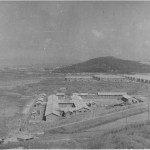
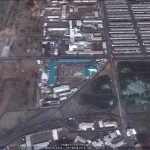
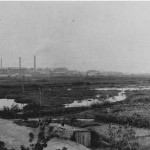
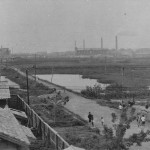
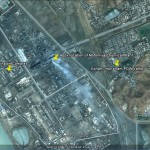
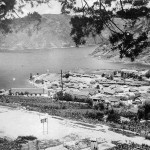

Curtis,
Thank you for including a link to my site in your recent post entitled, “Historical POW camps in the DPRK.”
Along with a Russian journalist, our soon-to-be-released book, The Flight of the Hog Wild, will contain a detailed look into the first military encounter of the Cold War between an American B-29 (the “Hog Wild”) and Soviet Union Yak fighters, the internment of the B-29’s 13-man crew at the Konan POW Camp in (what is now) Hungnam, North Korea, the treatment by the Japanese of the British, Australian and a single Canadian POWs during WWII, and the tense negotiations between Soviet and American Generals and Admirals for the release of the Hog Wild crew and the Allied prisoners.
We have interviewed a prisoner at the camp, a member of the Hog Wild crew, the Soviet Vice-Commander who ordered the B-29 forced down, a Soviet foot soldier who took part in the Soviet invasion of northern Korea in August 1945, and many others.
We have consulted hundreds of military experts, historians, scientists and authors. The book will contain hundreds of photographs, diary entries, private letters, “secret” Soviet and U.S. Intelligence reports, and other documents from five countries.
If your readers have any DPRK documents or first-hand information regarding the Konan POW camp or the Hog Wild incident on August 29, 1945, I would like to hear from them. My contact information is on the website.
Thank you.
Bill Streifer
A comprehensive book, Hog Wild-1945: The True Story of How the Soviets Stole and Reverse-Engineered the American B-29 Bomber can be found through Amazon at http://www.amazon.com/dp/1618633848